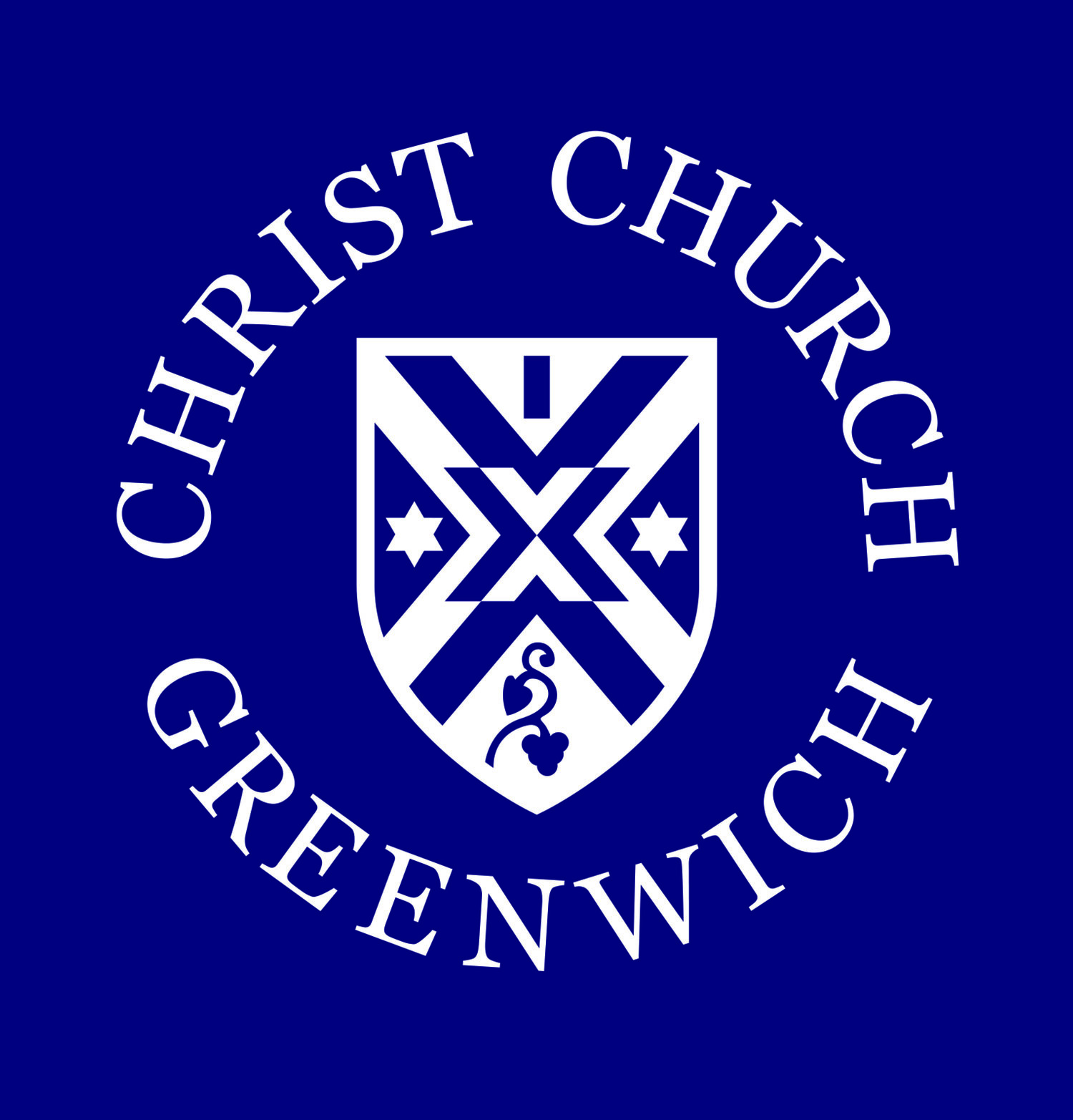St. Andrew - Reredos
This X is the symbol of Saint Andrew, Peter’s brother. He was called with Peter to become “fishers of men” (Matthew 4:19, KJV). Andrew derives his name from the Greek anar, “man, warrior.” It is the route of many English words, including “androgen.” Andrew was called with Peter to be the first disciples. In John (1:35), Andrew is called prior to Peter, and thus in the Orthodox Church, he was considered the protokletos, “the first called.” While the pope is the apostolic successor to Peter in the Roman Church, the Patriarch of Constantinople is the successor to Andrew in the Orthodox Church.
Andrew preached widely along the Black Sea, reaching the cities of Kiev, and Veliky Novgorod. He is the patron saint of Ukraine, Romania, and Russia. In 38 CE he founded the Church in Byzantium (later Constantinople, now Istanbul) and installed its first bishop. He traveled to Thrace and reached as far as Achaea in central Greece. It is there in the town of Patras that he was crucified. Similar to Peter, he did not feel himself worthy of being crucified in the same manner as Jesus. Thus he requested the “cross saltire” (decussate or diagonal cross), which we see in this illustration.
The story of his relics is quite complicated. There are today relics in Greece, Italy, Poland, and, of course, Scotland. One legend holds that a certain Greek monk named Regulus (c. 750 CE) was told in a dream to take the relics to “the ends of the earth.” So he sailed as far west as he could until shipwrecked on the coast of Fife, Scotland. Another tradition holds that the relics came via the mission of St. Augustine to England, then to Scotland. Whichever, the remains were eventually interred in the eponymous town of St. Andrews. But burial is never the end of saints’ legends. In the 9th century, a General Hungus led the Picts and Scots against the Angles in battle, who greatly outnumbered them. On the night prior to the decisive engagement, Hungus prayed to St. Andrew, promising to name him Scotland’s patron saint if victorious. The following morning, in a story similar to Constantine’s, clouds in the shape of a decussate cross appeared. Taking this as a divine omen, the Hungus’ troops were inspired against the odds. The battle was won, and St. Andrew has been memorialized in Scotland ever since.
In 1320, in a break from the ever powerful church in Rome, Andrew was officially recognized at the founder of Christianity in Scotland, and as its first apostle. Our nation’s Epicopal flag bears his cross, and it is a component of the Union Jack. But his cross appears in other contexts as well: It is the ensign of the Russian Navy. And in parts of Scotland and northern England, it is still seen on fireplace posts as a hex to prevent witches from flying down the chimneys.
Dickerman Hollister, Jr. MD
A prayer for further meditation:
Lord God, we honor St. Andrew,
Fisher of men, faithful and true.
May we cast the nets of love and grace,
Drawing others to your embrace.
Amen.

